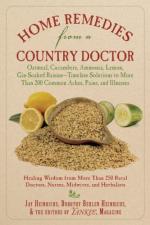|
This section contains 710 words (approx. 3 pages at 300 words per page) |

|
Ammonia (NH3) is one of the most familiar compounds of nitrogen and hydrogen as well as one of the world's most valuable industrial and agricultural chemicals. Under ordinary conditions, ammonia is a colorless gas with a sharp odor that stings the nose. If inhaled in great enough concentrations, it can cause suffocation and death. In nature the gas is often found dissolved in water (ammonium hydroxide). Released during the decomposition of proteins from plants and animals, ammonia and other nitrogen compounds enter the soil when plants and animals decay. Plants need these compounds to make proteins and other nutrients. Ammonia's pungent odor contributes to the distinctive smell of barns, zoos, and other animal enclosures since it is also found in animal wastes, such as urine. The compound can also be found in certain mineral deposits that contain ammonium salts (compounds of ammonia and various acids).
During the Middle...
|
This section contains 710 words (approx. 3 pages at 300 words per page) |

|


